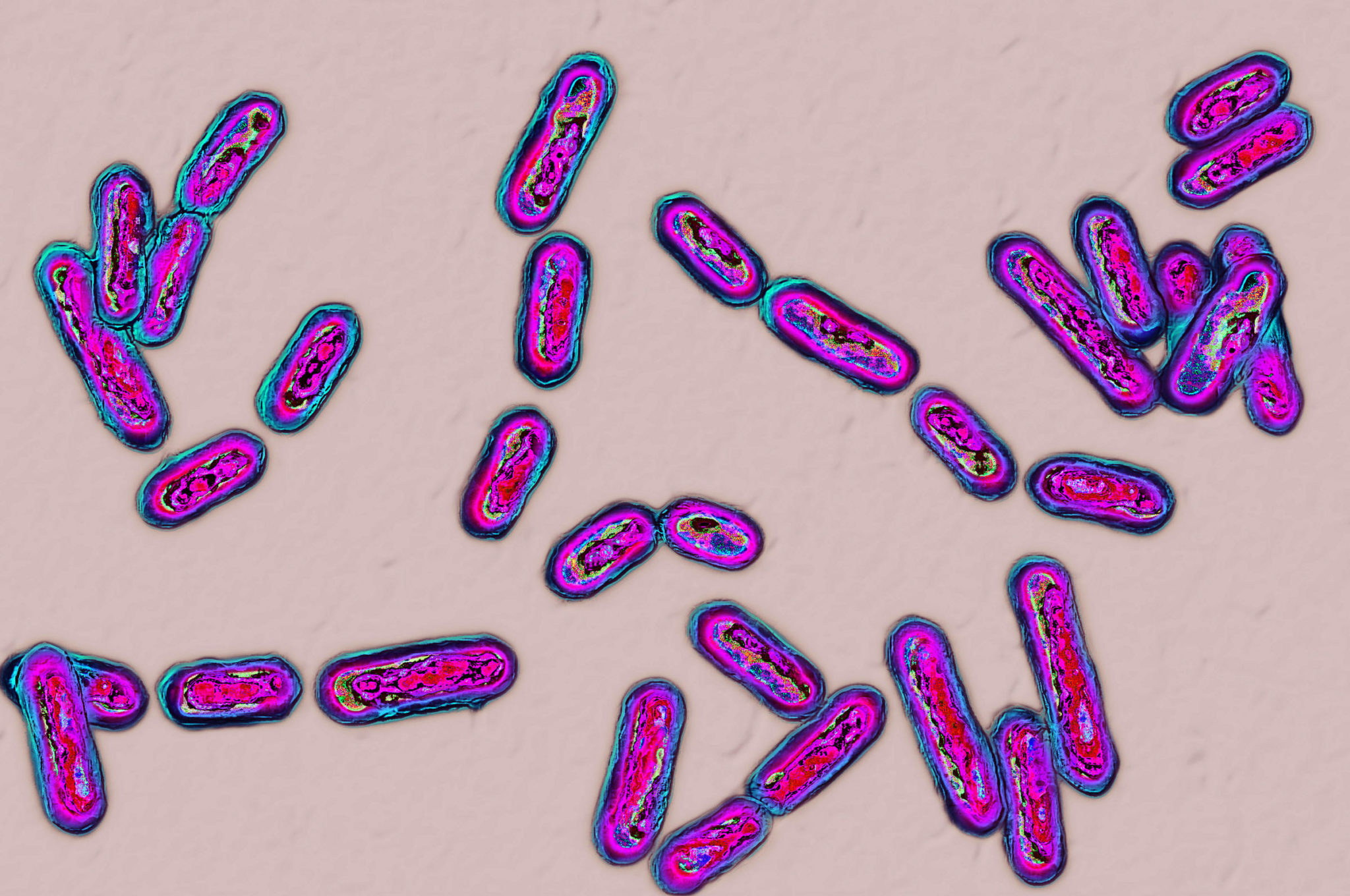A Dangerous Infection that was usually Found in Hospitals Spread to the Outside World

Closdridia is a class of bacteria that can be usually encountered in nature. Under the microscope it looks like a thin rod with a small bulge at one of its ends. The bacteria can be found in marine sediments, soil and in humans, particularly on the skin and inside our intestines.
While most strains aren’t dangerous some clostridial species may cause botulism, gangrene and tetanus. Effective prevention methods like sanitation, vaccination schemes and intensive medical care significantly reduced the chance of getting infected but a particular type proves to be incredibly resistant.
Named Clostridium difficile (and abbreviated as C. diff) the bacteria can cause a mortal infection that affects the intestines. It is estimated that it killed almost 30,000 people in 2011 alone.
At first it was encountered mainly in hospitals and nursing homes but that numbers of infections that are that take place in other environment has been on the rise. The bacterium was discovered back in 1935 by a team of American researchers. Infants were unaffected by it but tests on rabbits proved that it had the potential to be dangerous.
During the same period penicillin was being tested in the United Kingdom as a treatment for bacterial infections. The drug was incredibly potent but severe diarrhea was a notable side effect that appeared in some cases. As antibiotics continued to spread so did the side effect.
Some researchers believed that Staphylococcus aureus was the culprit as the state of many patients improved after they were treated with vancomycin, the drug that is usually used for combating staph infection. It was later revealed that C. diff was the real cause but the previously mentioned drug can treat both staph and the bacteria effectively.
As years passed the number of C. diff infections that took place outside the hospital continued to climb constantly and in 50% of the cases, no antibiotic was involved. Researchers are trying to identify possible causes but further research is required before an accurate answer can be provided.
0 comments